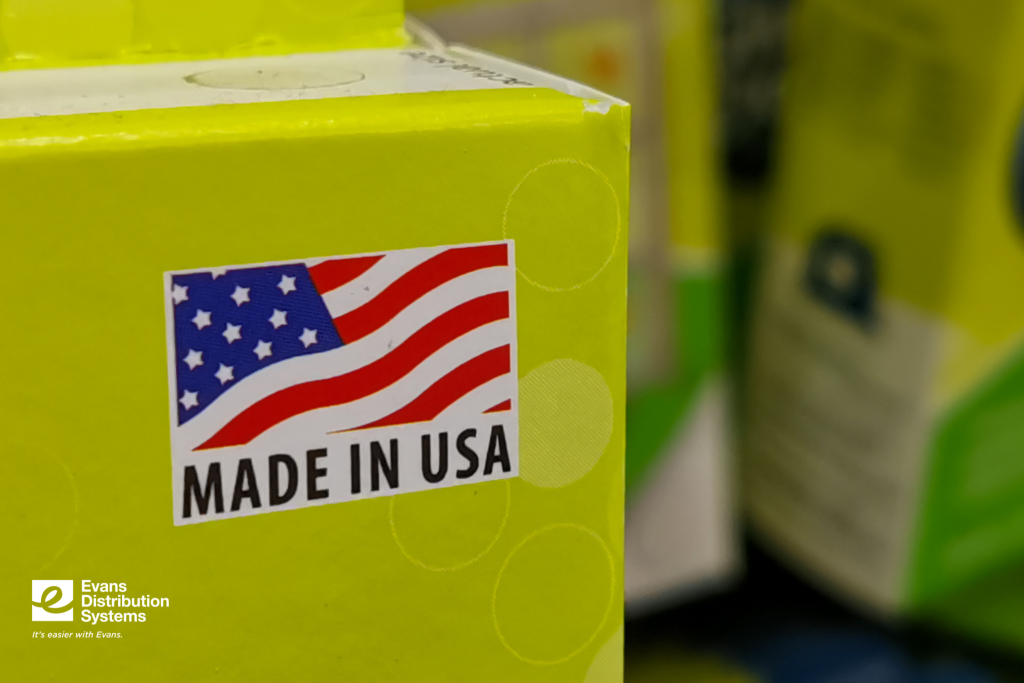
The current administration’s tariff agenda has prompted many businesses to reevaluate their global manufacturing strategies, especially the prospect of reshoring operations back to the United States. While the idea of reducing reliance on overseas production is appealing, the reality is far more complex. Relocating manufacturing is not a quick fix; it requires years of strategic planning, significant capital investment, and a thorough understanding of regulatory, labor, and supply chain implications.
The transition can expose businesses to a range of risks and operational disruptions. Before taking the leap, here are a few critical factors to consider.
Location
The location of a new manufacturing hub should align with access to key customers, materials, and equipment. Selecting the right city or state is a strategic decision that can significantly impact operational efficiency and long-term profitability.
An ideal location should offer proximity to top customers or regions with a high customer density. Access to critical materials, equipment, and infrastructure such as highways, railways, and ports is essential for maintaining supply chain reliability and reducing transit times. Labor availability is another major factor; companies must consider the local talent pool and wage expectations to ensure the facility can be staffed effectively. Additionally, favorable tax conditions, financial incentives, and affordable real estate can make a significant difference in both startup and ongoing costs.
To make an informed decision, businesses should work with an industrial real estate consultant to identify and compare 3–5 potential cities. This process should include a detailed analysis of real estate prices, local tax incentives, labor costs, and transportation infrastructure. Demographic research can also help determine whether the area has the workforce needed to support the facility.
Labor
One of the advantages of manufacturing overseas was that affordable labor brought costs down. The federal minimum wage in the U.S. is $7.25 but from there it varies by state and could reach as high as more than $20 per hour. In China, the minimum wage ranges from $220 to $370 per month.
The difference in minimum wages between U.S. and China is just one example of how substantial labor costs are to the bottom line. There are also huge differences in labor laws in other countries, some are more strict or relaxed, especially when it comes to enforcement. Finally, while rural areas may have less expensive real estate, the pool of qualified talent is limited compared to larger cities.
To navigate these challenges, businesses should work with a recruitment firm to develop a localized hiring strategy. This might include advertising job openings through local media, placing signage in high-traffic areas, and encouraging word-of-mouth referrals from current employees. Additionally, researching nearby competitors and reviewing workforce data from the Bureau of Labor Statistics can help inform decisions and shape a more effective hiring plan.
Suppliers
Bringing your operations to the U.S. means securing new U.S.-based suppliers. But first you need to find out if they exist and if so, where. Suppliers in different parts of the country may have different pricing models. If a supplier is on another coast, businesses need to factor in transportation costs. If your suppliers rely on importation, they may be subject to tariffs as well and will likely pass the additional cost onto your business. Finally, if suppliers cannot meet demand, you may need to retool or redesign your operation to fit other materials that are abundant locally.
To address these challenges, begin by building a supplier network committed to keeping production domestic. Establish contracts that include language ensuring all goods and materials originate in the U.S. It may also be beneficial to consult with a product engineer to explore redesign options that align with more readily available materials and reduce dependence on imported components.
Build Out Your Supply Chain
Whenever there are challenges, the supply chain is the most vulnerable to disruption. Moving an operation from overseas back to the U.S. will require a reliable 3PL partner, such as Evans Distribution Systems. Operations are not immune to domestic challenges as well.
To prepare for a successful move, contact a 3PL provider early in the process to design a custom logistics plan tailored to your specific needs. This ensures end-to-end visibility and seamless coordination at every step of your transition.
Need to speak to a logistics expert? Contact us today!
